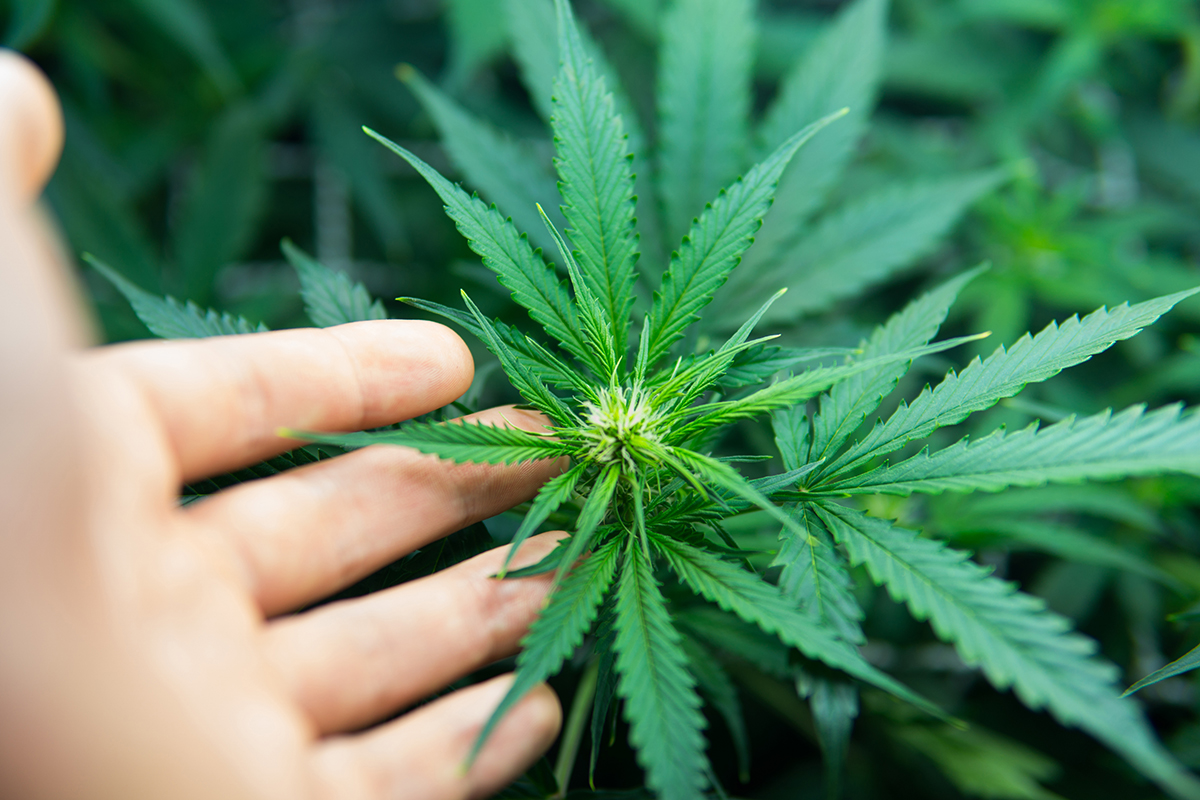The legal cannabis industry in the United States has experienced exponential growth in recent years as more states move to legalize marijuana for both medical and recreational use. As of 2022, 19 states, the District of Columbia, Guam, and the Northern Mariana Islands have legalized recreational marijuana use for adults 21 and older. Medical marijuana is also legal in 38 states, demonstrating widespread public acceptance of cannabis. With continued changes in policy at the federal level, the U.S. marijuana market could become one of the largest commercial industries.
The Rapidly Growing Legal Cannabis Market
Since Colorado became the first state to legalize recreational marijuana sales in 2014, the new legal cannabis industry has taken off. According to the latest data from BDS Analytics and Arcview Market Research, the legal cannabis market was valued at over $17.5 billion in the U.S. in 2021. By 2025, that total market is projected to reach $41.5 billion.
This immense growth can be attributed to a few key factors:
– More states legalizing both medical and recreational marijuana use. With new markets constantly opening, the overall customer base expands each year.
– Maturation of the industry. As the legal cannabis market establishes itself, companies are growing operations, developing new products, and reinvesting profits into expansion.
– Increased social acceptance. Over the past decade, views toward marijuana have considerably liberalized. More people feel comfortable consuming cannabis products.
– Strong business investment. With projections of billions in annual revenue, cannabis companies are attracting major investment and venture capital. This influx of funds drives market expansion.
The variety of legal marijuana products available has also driven demand. Alongside traditional dried flower, consumers can now find concentrates, edibles, topicals, and other infused products in regulated markets. Medical marijuana patients also have access to non-smokable options ideal for specific conditions and needs.
Changes in Federal Marijuana Policy
Despite its popularity amongst the public, Legal Marijuana remains illegal at the federal level in the United States under the Controlled Substances Act. The Drug Enforcement Administration classifies cannabis as a Schedule I substance, defined as having a high potential for abuse and no accepted medical use.
However, federal marijuana policy shows signs of evolving. In recent years, lawmakers have proposed legislation such as the Marijuana Opportunity Reinvestment and Expungement (MORE) Act that seeks to end prohibition and set up a federal cannabis program. The Strengthening the Tenth Amendment Through Entrusting States (STATES) Act also aimed to address federal-state conflicts over marijuana laws, though it ultimately failed to pass.
Some key developments demonstrating shifts in federal policies include:
– In 2013, the Department of Justice issued the Cole Memorandum guiding federal prosecutors to de-prioritize enforcement in compliant state marijuana programs.
– In 2018, the Agriculture Improvement Act, also known as the Farm Bill, legalized hemp and hemp-derived CBD products across the nation.
– President Biden’s administration has stated they will not make enforcing federal prohibition a priority for legal state programs. However, full legalization has not been pursued.
With most Americans now supporting legalization and states continuing to develop robust regulations, momentum builds for comprehensive cannabis reform or even removal from the controlled substances list. This presents an important opportunity for the market to expand nationwide legally.
The Medical Cannabis Industry
While recreational marijuana makes headlines, medical cannabis has become a legitimate part of healthcare across America serving millions of patients. Conditions commonly treated with medical marijuana include chronic pain, chemotherapy-induced nausea, epilepsy, mental health issues, and more.
Medical programs have developed clinical standards for qualifying conditions, physician certification, dispensary operations, and product types. This includes concentrations of THC, CBD, and other cannabinoids best suited for specific ailments. Medical cannabis patients may also receive reduced cost or tax exemption benefits compared to adult-use customers.
A few emerging trends in the medical marijuana industry include:
– Sophisticated cannabis formulations tailored for different medical needs, like tinctures, capsules, topical patches.
– Telehealth services allowing doctors to remotely certify patients across multiple states through approved online conferencing.
– Cannabis clinical research expanding knowledge of marijuana’s therapeutic potential and safety profiles.
– Acceptance amongst mainstream medical organizations, as the American Medical Association endorses rescheduling marijuana for further research.
– Integrative medical practices incorporating cannabinoid therapies alongside traditional ones based on emerging science.
As research develops, medical cannabis could gain approval for even more diseases and conditions. Legal experts predict nationwide acceptance by 2030 for at least certain uses. This represents substantial market growth opportunities for companies developing specialized medical products.
Cannabis Industries of the Future
While the current cannabis landscape in America involves primarily flower and infused good sales, industries centered around other uses are emerging. Hemp cultivation and CBD products established a multi-billion dollar industry since 2018 following Farm Bill passage. Looking forward, other sectors may similarly take off:
– Cannabis Pharmaceuticals – With clinical research, marijuana components like CBD could gain FDA approval for new drug development to treat major diseases. Big Pharma is taking notice.
– Extraction Technology – Sophisticated extraction methods produce high-quality cannabis concentrates, isolates, and infusions oils sold as ingredients to manufacturers. Carbon dioxide, hydrocarbon, cryo-ethanol are common industrial processes.
– Infused Products – Innovative non-smokeable items incorporating THC and CBD continue entering the market, such as beverages, edibles, topicals, and more using precise formulations.
– Hemp Products – Beyond CBD, hemp fiber, grain, and seeds support industries for construction materials, textiles, nutritional supplements, biofuels, and plastic substitutes.
As legal restrictions further loosen, these industrial sides of cannabis capable of truly disrupting traditional markets could bloom into multitrillion dollar global forces. The businesses proliferating throughout the marijuana landscape today represent a foundation for the future of this burgeoning industry.
The legal cannabis industry has exploded across the United States as more states adopt permissive marijuana laws. Rapid market expansion is projected to continue as social norms change, more medical research emerges, viable businesses take hold, and federal policy potentially catches up with public opinion. Overall, legal marijuana could develop into one of the most financially powerful and medically vital industries of the next decade and beyond.
*Note:
1. Source: Coherent Market Insights, Public sources, Desk research
2. We have leveraged AI tools to mine information and compile it



